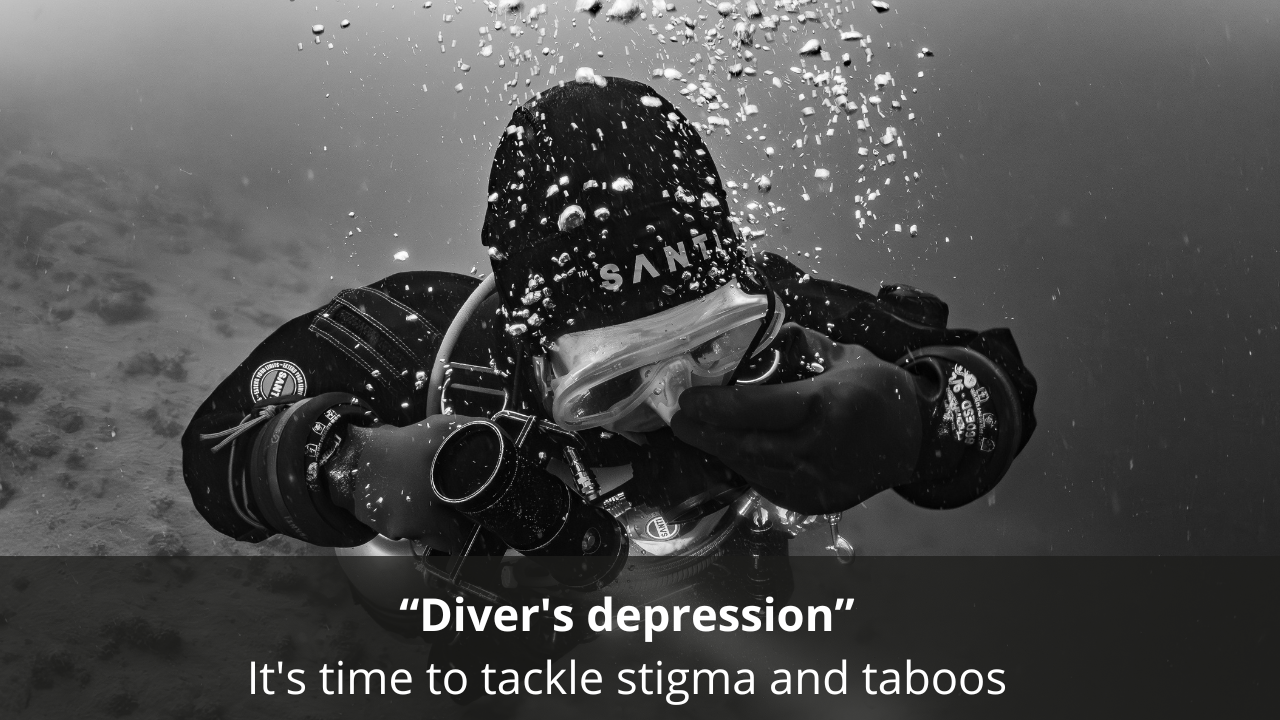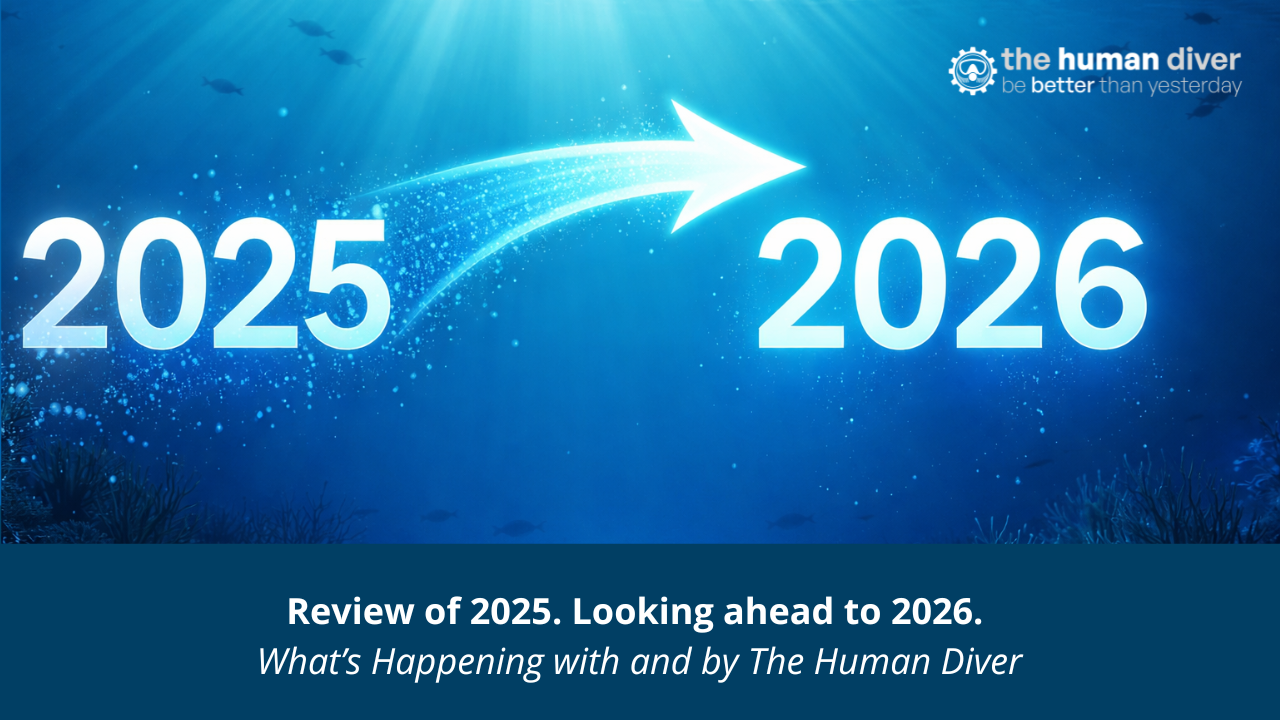
Scientific Diving: Trust and Communication in the depths
Nov 12, 2023We all know that being able to share information underwater is an essential part of the diving activity. To be more specific, effective communication is vital for safety, problem solving, environmental awareness, coordination and even conservation.
But how? And why?
All conservation projects rely on the ability to convoy an important message to the general public, but to support their claims, the projects need to have a strong scientific base built through proper research. And research in general requires a lot of time and effort. Even more when it happens in an environment that is not suitable for our survival.

"reef3691" by NOAA Photo Library is licensed under CC BY 2.0 .
Unfortunately, for the time being, we can still consider the underwater world as not appropriate for our life (or at least until the point in time where human beings will develop gills). No matter how passionate we are about it!
Luckily, to conduct underwater research, we now have the possibility to choose among plenty of tools and procedures that can help us, even in the most hostile environments. But tools alone are not always enough, the human touch is still fundamental and this is where “scientific diving” comes into place.
When we talk about scientific diving, we discuss about a specialized form of diving that involves underwater activities for scientific research, data collection and experimentation.
People involved are usually marine biologists, ecologists, geologists, archaeologists or trained professionals who have undergone specific training, and certifications, to conduct research underwater.
Being able to manage such activities requires not only a proper level of diving skills but also the capacity to create a work environment where communication and trust are two of the key elements.

- Communication
Effective communication is crucial in any diving activity, and especially in scientific diving. It ensures the safety of the divers, facilitates the exchange of information, and allows for coordinated research efforts.
If this is lacking, the collection of data can be disrupted or performed wrongly and the whole activity may need to be repeated, with a waste of time, energy and financial resources. Definitely not a pleasant result.
As we know, divers may use different methods to communicate.
Underwater communication systems: diver-to-diver and surface-to-diver communication through a tether or a cable, while using a Full Face Mask (FFM).
Hand signals: a set of standardized gestures to convey basic messages underwater. These signals are essential for safety, navigation, and sharing observations. On the plus side, they can be personalized for specific tasks and yes, you can get pretty creative.
Wetnotes, Slates and tablets: use of waterproof writing slates, wetnotes or tablets to communicate more complex information or record underwater data in real-time.
All these methods are efficient ways to communicate if they have been practiced and agreed upon. Nonetheless, language barriers, differences in standards signals, accent issues and a lot of other factors may arise and make the communication harder than the expected and not effective anymore. Leaving space for misunderstandings to happen by creating several interesting interpretations of the same message.
If you have never used a FFM, you would be surprised by how careful you need to be when you want to communicate with the surface or with another diver. And if divers are using trimix, the difficulty level keeps increasing because of the distortion of the voice caused by the helium.
Think about trying to speak to Donald Duck on zoom with a lagging connection...and you’ll get an idea.
Therefore, ensuring that effective communication can happen is a fundamental aspect of safe and successful diving, whether it's for recreational purposes, scientific research, or any other underwater activity.
Every diver should be trained in communication techniques and protocols to ensure their safety and enhance their diving experiences, as well as the team’s successful outcome.

- Trust
The second key element that needs to present in a positive work environment (and in any dive team in general) is trust.
- Trust among diving team members: Divers must have confidence in each other's skills, training, and ability to respond to emergencies.
It’s a two-ways situation where each diver must trust the whole team and the team must trust all the individual components. It’s not something that just happens, but rather something that develops overtime with a lot of work from everybody who is involved (and a lot of pre & post dive discussions).
- Trust in equipment: scientific divers often rely on specialized equipment, including scuba gear, communication systems, and research instruments. Trust in the reliability and proper functioning of this equipment is fundamental.
Nevertheless, equipment can fail, which is why the team needs to come up with standardized procedures to take care of it and make sure it is always ready and correctly set up for the task.
- Trust in procedures: following established diving procedures and safety protocols is critical to building trust in the diving process. Scientific divers must trust that their colleagues will adhere to these procedures, both for the equipment use and from the behaviour point of view.
Procedures for errors, failures, unexpected situations and catastrophic scenarios will also be implemented, discussed and regularly reviewed and practiced among the whole team. Divers need to trust that their fellow team members will respond effectively in case of emergencies, such as equipment malfunctions or medical issues.
When was the last time that you practiced a full emergency scenario with your team? Is every member aware of what the procedure should be? If not, it’s time to think about it.
The presence, or absence, of these two key factors can completely change the final outcome. They are essential components for the success and safety of any scientific diving mission, as well as any dive in general.
Effective communication, trust among team members and confidence in equipment and procedures will all be vital to improve the overall operation, making it more efficient and streamlined and allowing the team to hold open discussion and keep growing. With a final result that will also save time, money and energy. Not too bad in the end.
As always, prioritizing safety in diving should always be at the top of the list. In the case of scientific diving projects, the responsibility for this will not fall on the supervisor only. All divers must work together to conduct underwater research in a safe manner while collecting the valuable data they are always so hungry for.
All Diving Safety Officers know that it’s a lot of work, but it will be worth it… and somebody has to do it! Will you do your part?
 Beatrice is an active open circuit and CCR technical instructor. She holds a Master's Degree in Marine Biology and Oceanography and co-authored the book "Biodiving: Environments and Organisms in the Mediterranean". She traveled the world diving and teaching in different environments and she is now working as a Diving Safety officer for the NYUAD. Beatrice can be contacted at https://www.facebook.com/zeroemissionsub/
Beatrice is an active open circuit and CCR technical instructor. She holds a Master's Degree in Marine Biology and Oceanography and co-authored the book "Biodiving: Environments and Organisms in the Mediterranean". She traveled the world diving and teaching in different environments and she is now working as a Diving Safety officer for the NYUAD. Beatrice can be contacted at https://www.facebook.com/zeroemissionsub/
Want to learn more about this article or have questions? Contact us.










